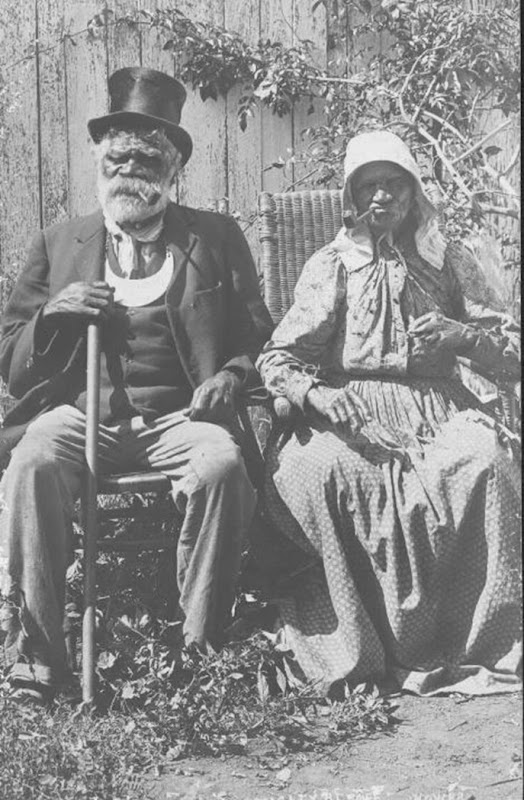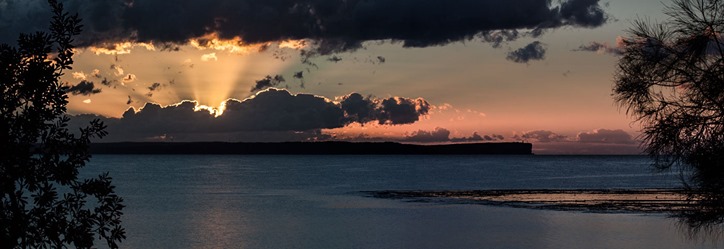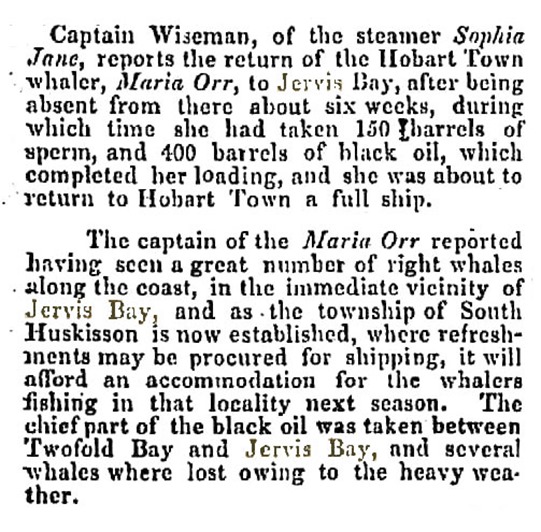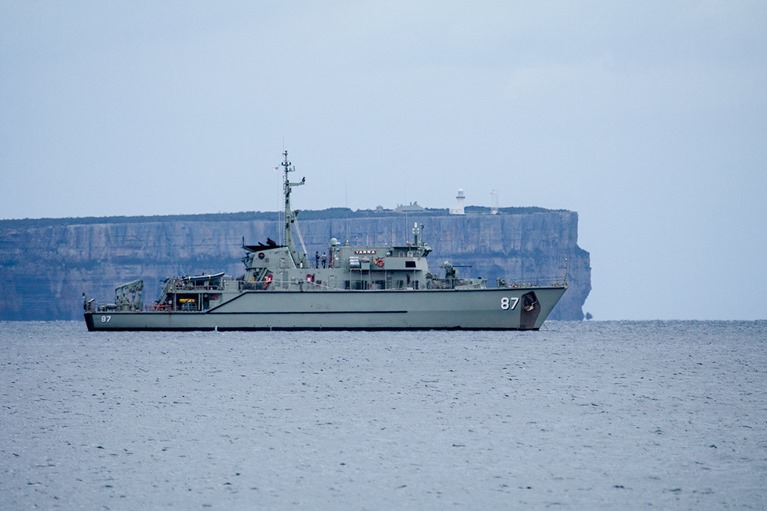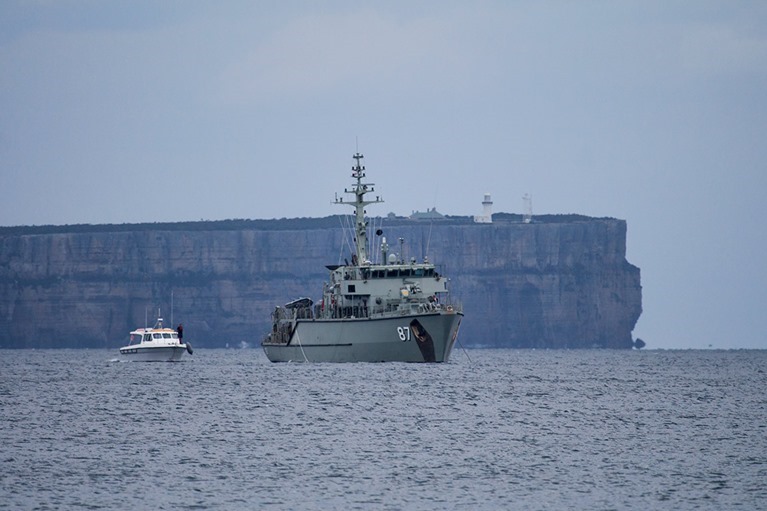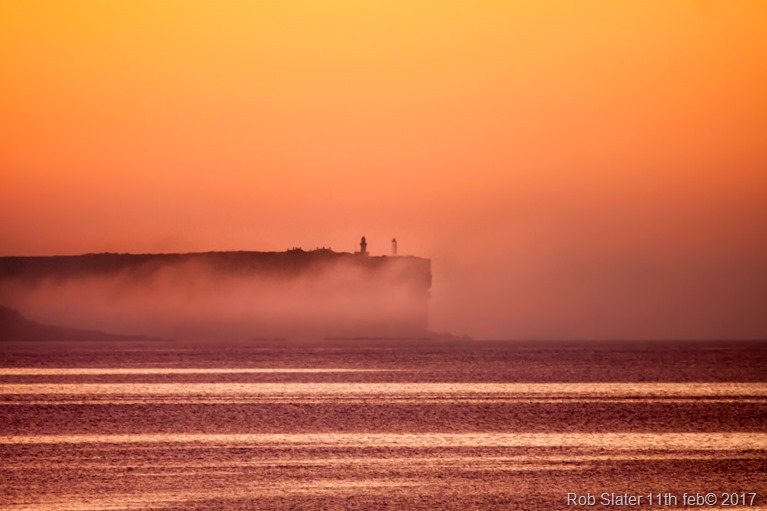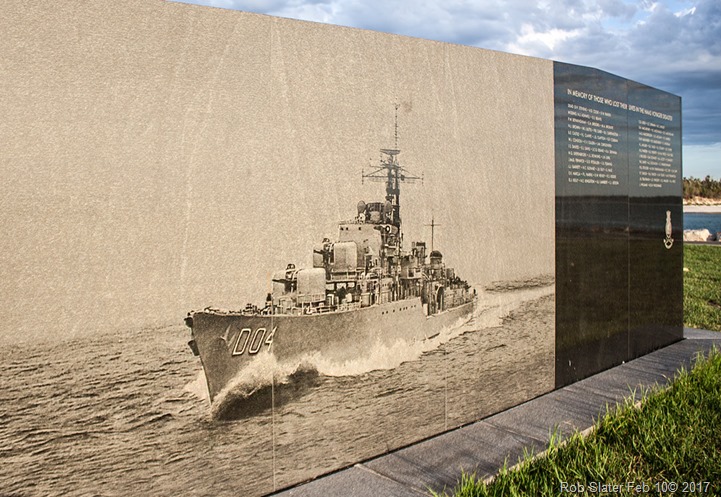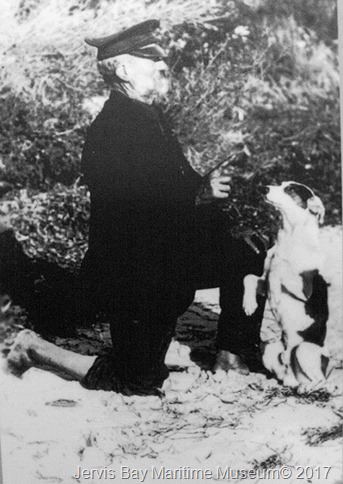25 February 2017
24 February 2017
First Fleet arrive in Jervis Bay - 9 News Report 1988
| This was a fantastic day, the ships moored close to the mouth of Currambene creek, during the night their masts and rigging were festooned with lights. |
| https://www.youtube.com/watch?v=lNt7SL4Fd4I |
23 February 2017
A scene from the past.
| Today we had the good fortune to have a very historic visitor in the bay. |
 At anchor in the early morning golden light near Honey Moon Bay. At anchor in the early morning golden light near Honey Moon Bay. |
 Leaving the bay in the early morning haze. Leaving the bay in the early morning haze. |
 After posting the story above Alan Woods sent us this photo of the James Craig entering the bay under sail yesterday afternoon - 22nd Feb. |
| James Craig. https://www.shf.org.au/explore-the-fleet/our-operational-vessels/james-craig-1874-tall-ship/ |
|
|
22 February 2017
Jervis Bay,.dramatic mood.
21 February 2017
20 February 2017
Paddle steamer Natone seeks shelter in Jervis Bay.
| 23rd October 1884, the double ended paddle steamer Natone was on a voyage between Sydney and the Tamar River in Tasmania when she encountered very heavy seas while approaching Jervis Bay. Like many vessels caught in deteriorating conditions along the south east coast she sought shelter inside the protected waters of the Bay until conditions improved. The Natone arrived safely at her destination on the 29th October. |
|
|
16 February 2017
Hourigan’s Camp Sussex Inlet.
| Leave the dusk and musk, the hustle and bustle of the city far behind you . . . come to the garden of Eden. |
| Yesterday, I had a meeting with Sonya Cropper, Sonya along with her husband Danny manage Cropper’s Cabins located on a small strip of land on the eastern side of Farnhem Headland, overlooking the entrance to the sea from Sussex Inlet river mouth. |
 |
 |
14 February 2017
Ships in the Bay.
11 February 2017
Jervis Bay
10 February 2017
On this Day – 8.56 pm ,February 10, 1964
| HMAS Voyager and HMAS Melbourne collide, Voyager sunk. |
| This morning I went down to the shores of Jervis Bay and took a couple of photo’s of the memorial dedicated to the men of HMAS Voyager located in Voyager Park at the entrance to Currambene Creek. I had a conversation with a lady walking her dog about the memorial, she said she went by the memorial weekly, and was surprised and unaware of todays significance. There was nothing to mark the occasion, other than the stark black memorial being warmed by the rising sun. |
 |
|
HMAS Melbourne underway with the Daring class destroyers Voyager and Vendetta in 1959 |
| On the 11th February the world awoke to the news the destroyer HMAS Voyager and the aircraft carrier HMAS Melbourne had collided during night time exercises 19 miles off Jervis Bay. |
 |
 |
| Bow of the Melbourne. (The National Library of Australia/Australian Women's Weekly) |
| The museum has an amazing video presentation about the incident, come along and take the time to watch and listen to this moving tribute to the people involved.
|
| S.S Dandenong - Continue Reading. |
 |
9 February 2017
Sydney Harbour
| I came across this slide of Sydney Harbour amoungst my families photographic collection. Could that be the Lady Denman in the forground ?. It certainly looks like the Lady… |
 |
| Continue reading about the Lady Denman. |
 |
Moona Moona Creek.
| Beautiful light across Moona this morning. |
 |
| Continue reading about Moona Moona Creek. |
 |
7 February 2017
A poem about Jervis Bay 1930
6 February 2017
Net mending at Huskisson
3 February 2017
On this day - February 4 1890
| The Schooner Hally Baily dismasted off Jervis Bay. |
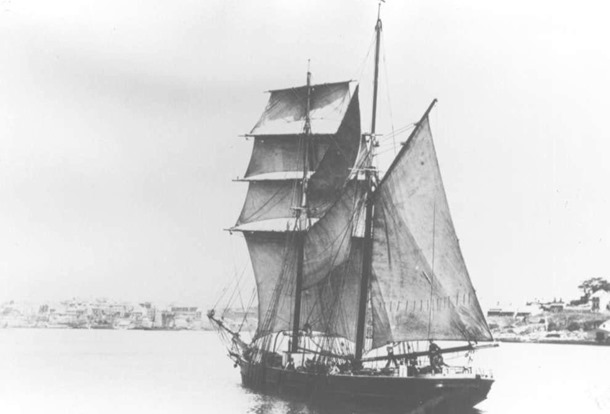 |
| The schooner Hally Baily under the command of Captain Bezer was on a voyage between Rockhampton to Hobart carrying a cargo of 170 tons of bonedust. The voyage south had so far been uneventful - Arriving off Sydney in the early evening a sudden heavy S.S.E gale sprang up, with a tremendous cross sea. Around midnight the Jib boom was carried away, the foremast was next to go as the crew were below having breakfast, the foremast being snapped off about 25 ft from the deck. Shortly after the main mast went by the board. The vessel all this time was being continuously submerged by mountainous waves. The passing steamer S.S Lindus under the command of Captain Broughton saw a blue distress light and steamed towards the stricken vessel, recognising the dire circumstances the vessel was in they quickly prepared to take the schooner in tow. |
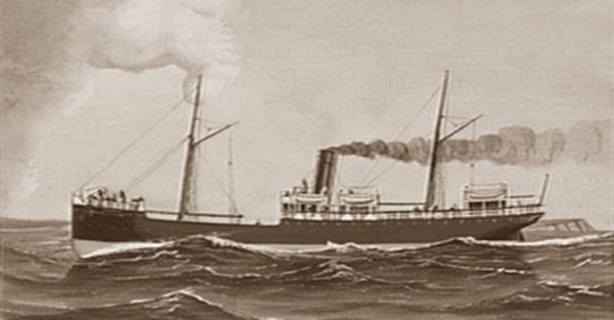 S.S Burrunbeet. |
 S.S. Lindus  S.S. Lindus S.S. Lindus |
 |
| Photo Ref: http://passengersinhistory.sa.gov.au/node/927194 http://www.flotilla-australia.com/huddart.htm http://collections.ncc.nsw.gov.au/keemu/pages/nrm/Display.php?irn=35000&QueryPage=%2Fkeemu%2Fpages%2Fnrm%2FQuery.php |
 |
2 February 2017
Black Diamonds Jervis Bay.

|
| Did you know? |
 |
| 1874 - A meeting of about thirty gentlemen met at City-Hall for the purpose of hearing a scheme for floating a coal company at Jervis Bay, it was stated immense seams of coal, besides other minerals, such as iron, anthracite coal and fire-clay were known to exist. They showed specimens of coal and other minerals from the intended mining sites. The area concerned was about 22 miles from Jervis Bay, and consisted of 3000 acres of land, containing two seams of coal, one 22 feet wide, and the other 20 feet, besides smaller seams, and was computed to contain 259 million tons of coal. The speaker had prepared a scheme for forming a company, a capital of 150,000 pounds would be required, the chief items of expenditure being:- In it's time the sums being spoken of were quite substantial and the returns on their investment quite lucrative. Over the following years the interest in the coal deposits and the prospects for development and huge returns were very much on local investors minds. The minister refused the application on the terms mentioned. - "After all, prospecting for coal at Jervis Bay was a matter of private speculation, and the Government had laid down certain regulations upon which the diamond drills would be lent to the public." - he went on to state - "Our present coal fields were already sufficient to supply demand." - He acknowledged the importance of future investigation. " But was inclined to think there was sufficient 1890 - A private land holder sunk a bore 103 feet deep on his land a Sassafras, and in the words of a competent authority, 'is in splendid coal measures." with every indication of soon striking a seam...  1900 - Coal deposits were identified in the Jervis Bay Region and there were companies activity pursuing leases for the purpose of coal mining. One such lease was for the parish of Tiangara immediately west of Jervis Bay where eleven square mile was applied for to take up coal mining. Australian and British investors had inspected these sites near the base of Sassafras Plateau and determined the coal was equal to the best Welch coal for steaming purposes.  1902 - The Sassafras area came under consideration as the possible location of the Federal City, and with this some twenty sections were measured off as coal mining sites by capitalists.. 1907 – Workable coal seams - The government geologist had identified the occurrence of workable coal seams in this district and being accessible to the fine harbour if Jervis Bay was considered as "One of considerable importance." 1908 - Further exhaustive investigation by mining experts were confident – “That valuable seams exist in the vicinity of the Falls, Jervis Bay." - This prompted local people assisted by the shire council to urge the Government to sink a bore, to prove that southern coal deposits extend to Jervis Bay. - "It would be a great factor in opening up the district." - It was anticipated a positive result would result in the establishment of large smelting works. 1908 - Trial bores refused. 1911 - No coal of commercial value. The geological surveyor for the Department of Mines stated "He was absolutely certain that there was no coal of commercial value south of Mount Kembla. It may be suitable for coke making. - “ I am prepared to admit however, there may be a time when it will be necessary to develop even this unpromising source of coal supply." The statements above didn't deter potential investors or the local council, they saw it as a way of promoting the districts commercial prospects. 1912 – Links to Federal Port - With the proposed linking of the new Federal Port of Jervis Bay by railway with Canberra, the interior, and Sydney, a Sydney M.P made an application for 1920 acres of land for the purpose of mining coal in the parish of Tianjara, county of St. Vincent. This was driven by reports from a licensed surveyor employed by Sydney capitalists to inspect the country seaward side of Sassafras. The area applied for was part of that tested 20 years earlier by the Shoalhaven syndicate. "The Tianjara and Jervis Bay Coal Mining Co."
1923 - A Sydney investor pegged out an area of eight square miles near Sassafras for which he has made and application for a lease to mine coal. Back to 1884 - The only record I have found of actual mining was a small operation which did get started at the head of the Clyde River, spurred on by coal being found, particularly after heavy rain amongst the boulders along the river. A group of 10 men endured unbelievable hardships exploring every possible creek and gully along the river, they eventually found an exposed seam, at the head of the river, which they decided to develop. Despite continued interest, coal mining never developed in the district, nothing came of the railway or the Jervis Bay Federal Port. Coal in commercial quantities has never been commercially extracted from the district. |
 |

